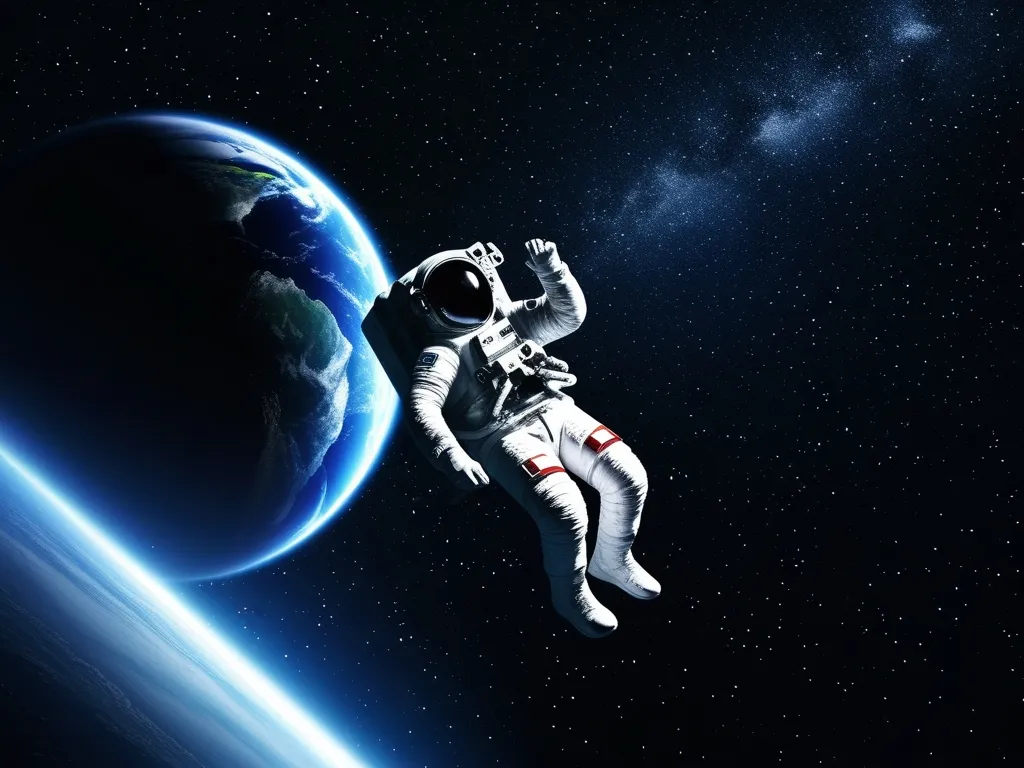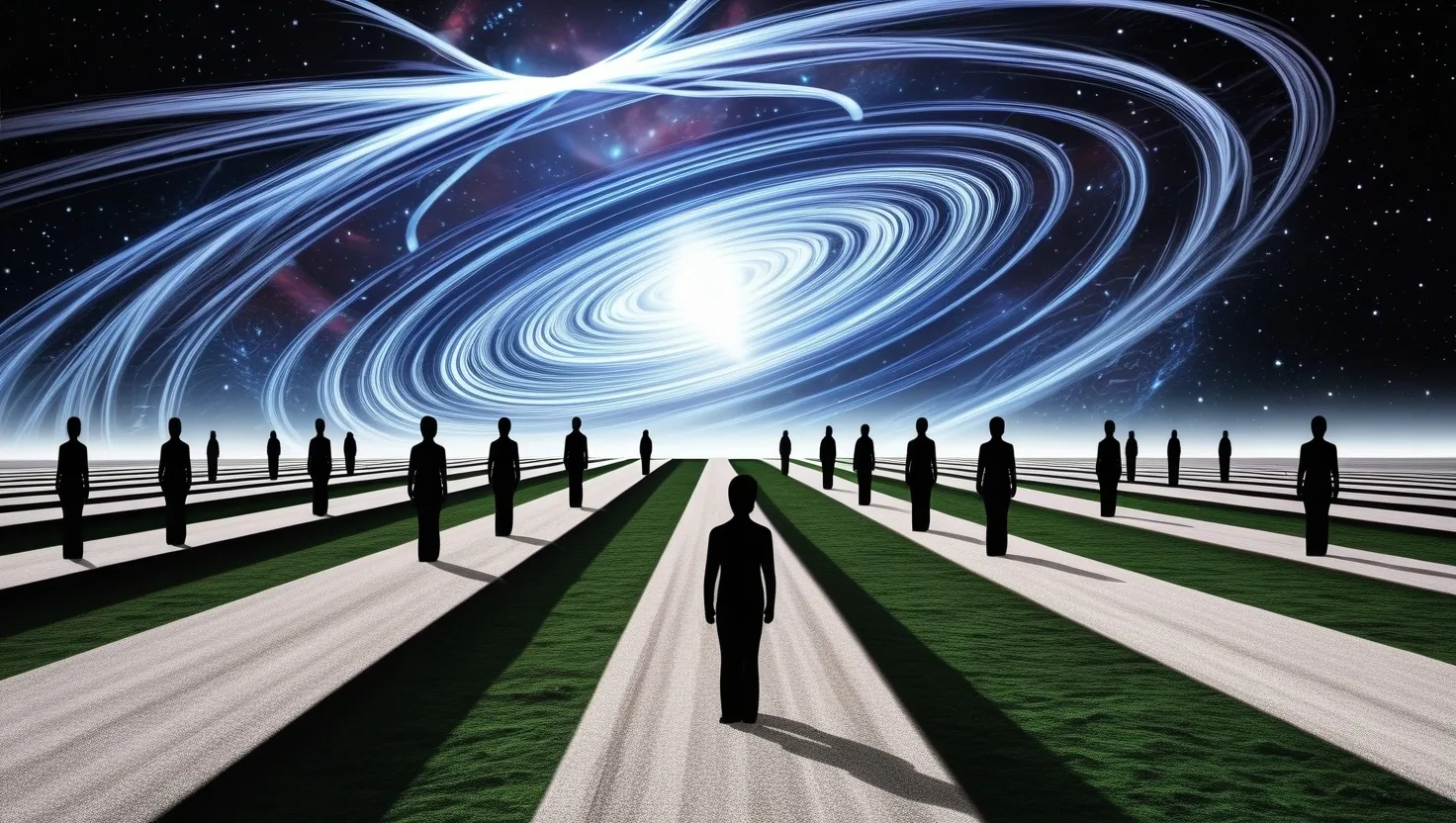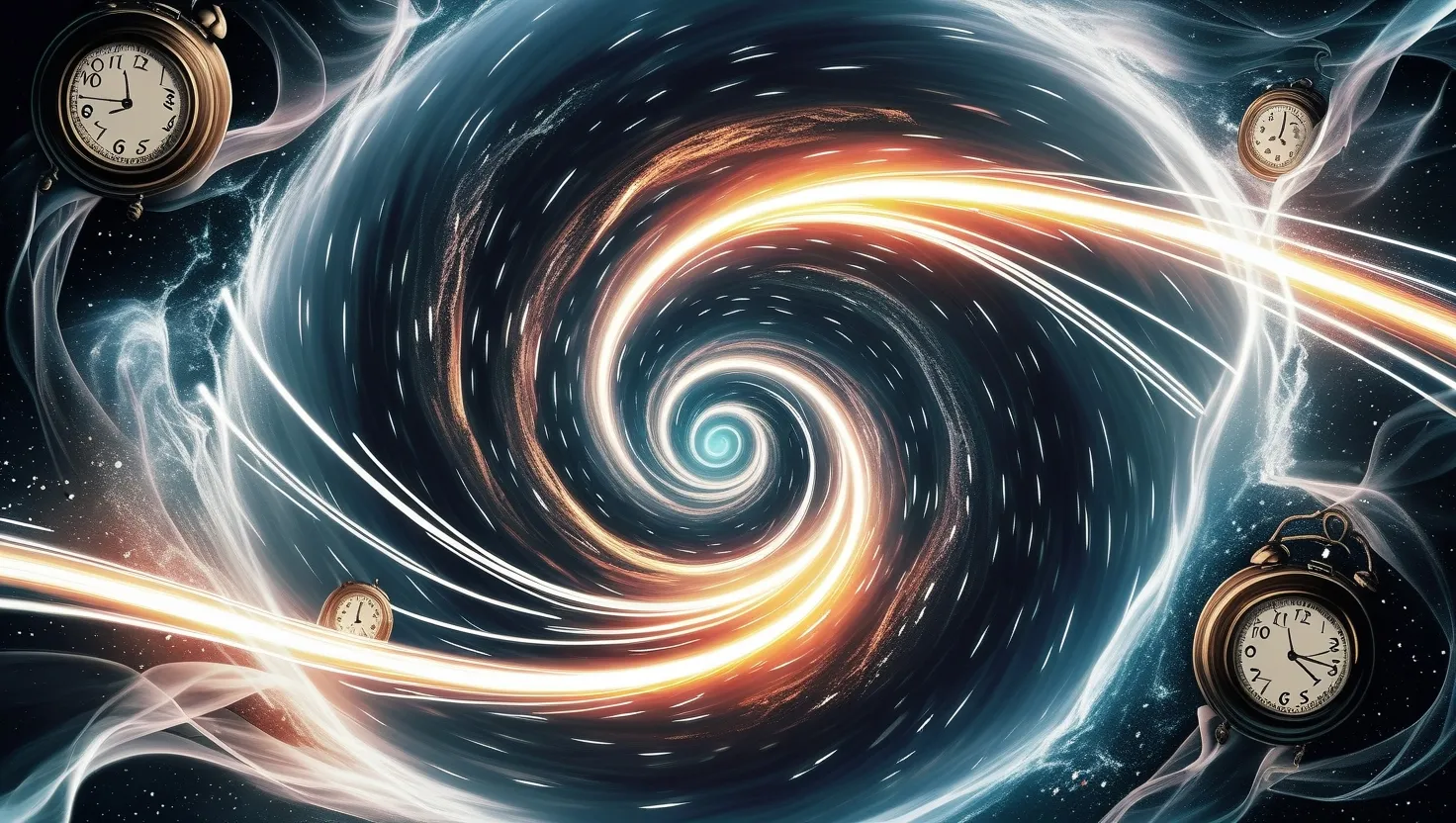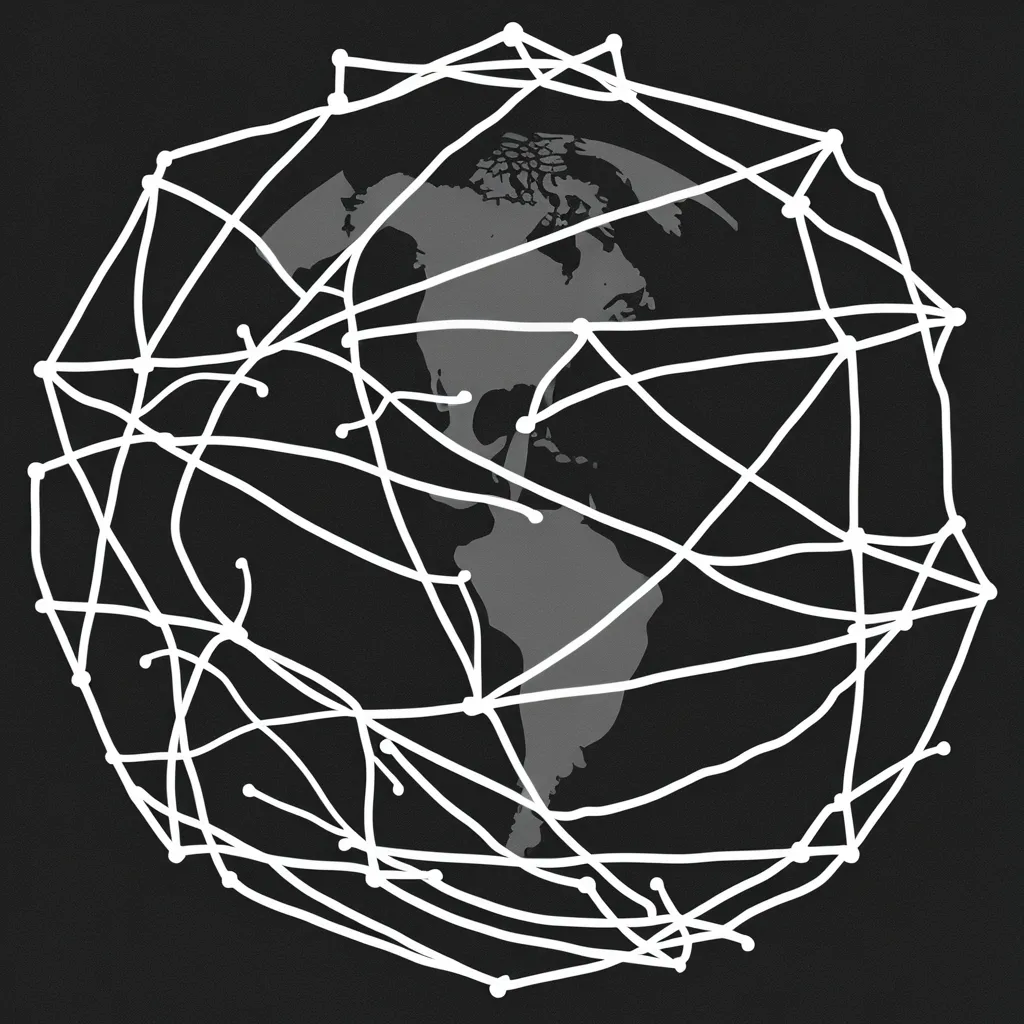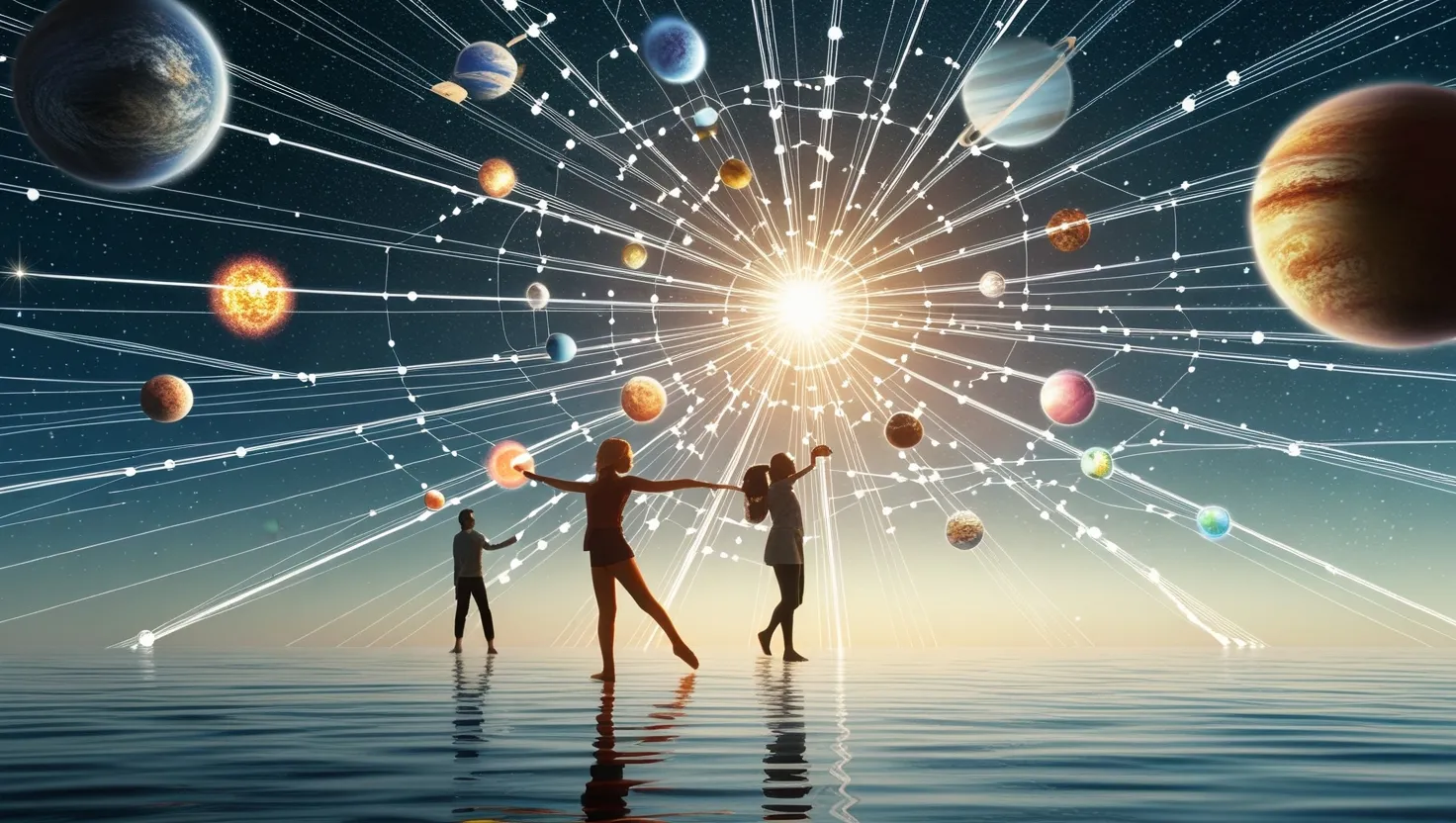As we delve into the fascinating and often murky history of the early days of space exploration, a compelling narrative emerges – one that is shrouded in secrecy, speculation, and tragedy. The legend of the “Lost Cosmonauts” has captivated the imagination of many, raising questions about the true pioneers of space travel and the extent to which the Soviet Union was willing to go to achieve its goals in the cosmos.
The era of the Space Race was a time of intense competition and secrecy, particularly on the Soviet side. While the United States was relatively open about its space program, the Soviets operated under a veil of mystery, fueling rumors and speculation. One of the most enduring conspiracy theories from this period revolves around the idea that the Soviets launched cosmonauts into space before Yuri Gagarin’s historic flight on April 12, 1961.
Gagarin, celebrated as the first human in space, was indeed a pioneer, but his achievement was preceded by a series of secretive and often disastrous test flights. The Soviet space program was notorious for its lack of transparency, which created an environment ripe for rumors. The “Korabl-Sputnik” program, for instance, was a series of test flights designed to pave the way for the Vostok missions. These flights included the use of flight test dummies, one of which was nicknamed “Ivan Ivanovich.” However, the recovery of these capsules and the Soviets’ tight-lipped approach about their missions sparked rumors of crewed flights gone wrong.
At the heart of the Lost Cosmonaut conspiracy are the claims made by two Italian brothers, Achille and Giovanni Judica-Cordiglia. Living near Turin, Italy, they were in a prime location to intercept radio signals from Soviet space missions. The brothers set up a makeshift tracking facility in an old German bunker and began scanning frequencies, hoping to catch glimpses of the Soviet space program’s activities.
Their efforts were not in vain. The Judica-Cordiglia brothers reported intercepting several unusual transmissions, including what they believed was an SOS message in Morse code and the sound of a cosmonaut’s strained breathing and quickened heartbeat. One of the most chilling recordings allegedly captured a female cosmonaut’s voice, describing flames during re-entry and asking if her spacecraft was going to explode. These recordings, though unverified, added fuel to the fire of speculation about secret Soviet space missions.
The story of these alleged transmissions is as intriguing as it is unsettling. If true, they suggest a shadowy side to the Soviet space program, one where cosmonauts were sent on missions with little hope of return. However, it is crucial to separate fact from fiction. While the Soviets did cover up several disasters and accidents within their space program, there is no concrete evidence to support the claim that they covered up deaths in orbit.
One of the most tragic incidents that was indeed covered up involved Valentin Bondarenko, a young cosmonaut trainee. In March 1961, just weeks before Gagarin’s flight, Bondarenko died in a horrific fire during an isolation test. The high oxygen levels in the chamber caused the flames to spread rapidly, leaving Bondarenko with severe burns. The incident was kept secret for over two decades, with the Soviets airbrushing him out of photographs and falsifying records to maintain the image of a flawless space program.
Another cosmonaut, Grigori Nelyubov, was also erased from the historical record, but for different reasons. Nelyubov got into a drunken brawl, which led to his discharge from the program. The Soviets’ practice of removing cosmonauts with tainted records from the public eye further fueled the rumors of lost cosmonauts.
The Soviet lunar program, too, was shrouded in secrecy. Vehicles like the N1 booster and the LK moon lander were only revealed in the late 1980s, after decades of secrecy. This secrecy led to speculation about secret moonshots and the possibility of lost cosmonauts on lunar missions. However, these claims remain speculative and lack concrete evidence.
The impact of the Lost Cosmonaut conspiracy extended beyond mere speculation; it influenced the reporting of genuine Soviet space disasters. The death of cosmonaut Vladimir Komarov in 1967 and the Soyuz 11 crew in 1971 were tragic incidents that were overshadowed by the lingering rumors of secret space missions. The left-wing magazine Ramparts even published a sensationalized account of Komarov’s final moments, which, though dubious, highlighted the public’s fascination with the darker side of the Soviet space program.
The era of “Glasnost” in the 1980s brought a degree of openness to the Soviet Union, revealing many of the secrets that had been hidden for decades. The cancellation of Soviet high school history exams in 1988 due to the revelations about the past underscores the significant impact of this newfound transparency.
As we reflect on the Lost Cosmonauts, it becomes clear that while some of these stories are likely exaggerated or entirely fictional, they are rooted in the real secrecy and tragedies of the Soviet space program. The Space Race was a time of extraordinary achievement, but also of immense risk and sacrifice. The legends of the Lost Cosmonauts serve as a reminder of the human cost of pushing the boundaries of space exploration and the enduring power of secrecy and speculation to shape our understanding of history.
In the end, the story of the Lost Cosmonauts is a complex tapestry of fact, fiction, and speculation. It is a tale that highlights the darker aspects of the Space Race and the lengths to which nations will go to achieve their goals. Whether or not these cosmonauts truly existed, their legend continues to captivate us, reminding us of the mysteries and tragedies that lie just beyond the reach of our current understanding.
